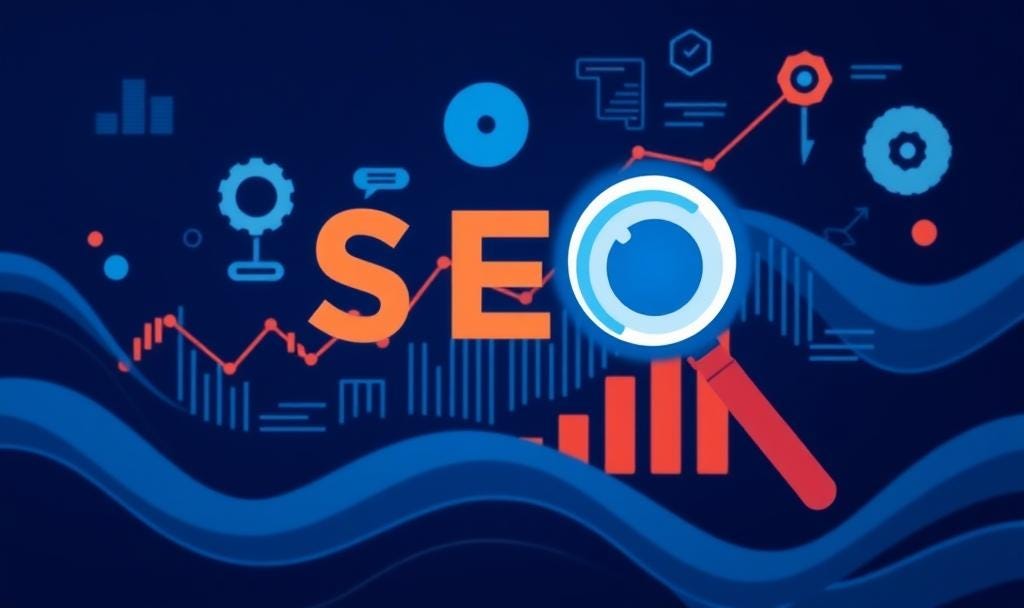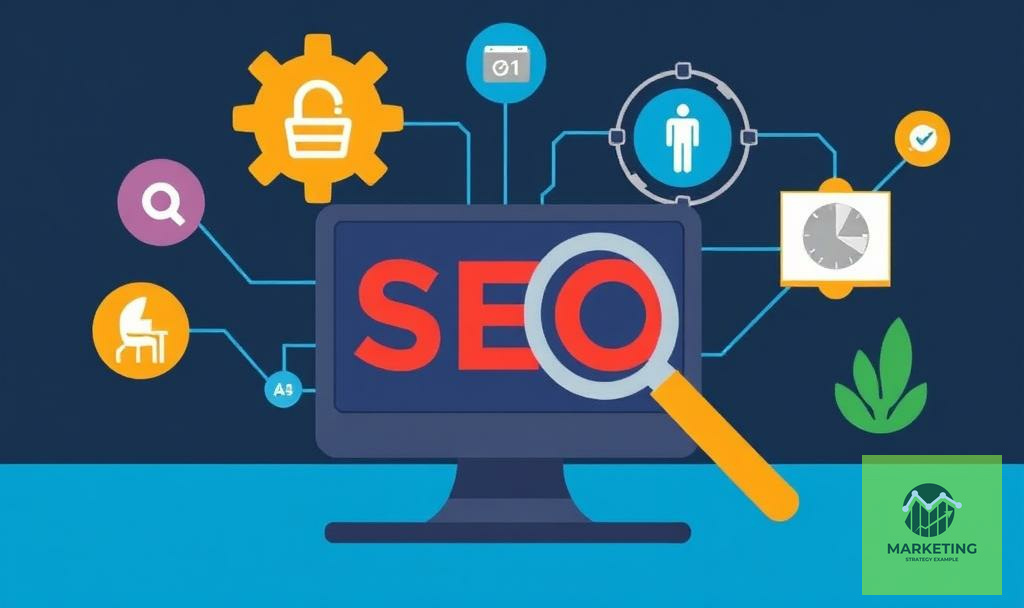The Ultimate Guide to SEO for Beginners: Master the Basics and Boost Your Rankings
Learn the Basics, Tools, and Strategies to Improve Your Website’s Search Engine Rankings and Drive Organic Traffic

Search Engine Optimization (SEO) is the cornerstone of digital marketing. Whether you’re a business owner, content creator, or entrepreneur, understanding SEO is essential for driving organic traffic to your website and growing your online presence. However, SEO can seem overwhelming for beginners, with its technical jargon and ever-changing algorithms.
This Ultimate Guide to SEO for Beginners will break down the fundamentals of SEO into simple, actionable steps. By the end of this guide, you’ll have a solid understanding of how SEO works and the tools and strategies you need to improve your website’s search engine rankings.
What is SEO?
SEO, or Search Engine Optimization, is the process of optimizing your website to rank higher on search engine results pages (SERPs). The goal is to increase organic (non-paid) traffic by making your site more visible to users searching for relevant keywords.
Why is SEO Important?
Increases Visibility: Higher rankings mean more people will see your website.
Builds Credibility: Users trust websites that appear on the first page of search results.
Cost-Effective: Unlike paid ads, organic traffic is free and sustainable.
Drives Targeted Traffic: SEO helps you attract users who are actively searching for your products or services.
How Search Engines Work

Before diving into SEO strategies, it’s important to understand how search engines like Google operate. Search engines use three main processes:
Crawling: Search engines use bots (called crawlers or spiders) to discover and scan websites.
Indexing: After crawling, the information is stored in a massive database called an index.
Ranking: When a user searches for a query, the search engine retrieves relevant pages from the index and ranks them based on hundreds of factors.
Your goal with SEO is to make it easier for search engines to crawl, index, and rank your website.
Types of SEO
SEO can be divided into three main categories:
1. On-Page SEO

On-page SEO focuses on optimizing individual pages on your website. Key elements include:
Keyword Research: Identify the terms your target audience is searching for.
Title Tags: Write compelling and keyword-rich titles for each page.
Meta Descriptions: Create concise summaries that encourage users to click.
Header Tags (H1, H2, H3): Use headers to structure your content and improve readability.
Content Optimization: Create high-quality, engaging, and keyword-rich content.
URL Structure: Use short, descriptive URLs with relevant keywords.
Internal Linking: Link to other pages on your site to improve navigation and authority.
2. Off-Page SEO

Off-page SEO involves activities outside your website that impact your rankings. Key strategies include:
Backlink Building: Earn links from reputable websites to boost your authority.
Social Media Marketing: Share your content on social platforms to increase visibility.
Guest Blogging: Write articles for other websites to build credibility and backlinks.
3. Technical SEO
Technical SEO ensures your website is easy to crawl and index. Key factors include:
Site Speed: Optimize loading times for better user experience.
Mobile-Friendliness: Ensure your site works well on all devices.
XML Sitemap: Create a sitemap to help search engines understand your site structure.
Robots.txt File: Use this file to control which pages search engines can crawl.
Structured Data: Add schema markup to help search engines understand your content.
Step-by-Step SEO Strategy for Beginners
Step 1: Conduct Keyword Research
Keyword research is the foundation of SEO. Use tools like Google Keyword Planner, SEMrush, or Ahrefs to:
Identify high-volume, low-competition keywords.
Analyze search intent (informational, navigational, or transactional).
Find long-tail keywords that are easier to rank for.
Step 2: Optimize Your Website Structure
Use a clear and logical hierarchy for your pages.
Create a user-friendly navigation menu.
Ensure your website is mobile-responsive.
Step 3: Create High-Quality Content
Write original, engaging, and informative content.
Use keywords naturally and avoid keyword stuffing.
Include visuals like images, videos, and infographics to enhance user experience.
Step 4: Build Backlinks
Reach out to industry blogs and websites for guest posting opportunities.
Share your content on social media to attract organic backlinks.
Use tools like HARO (Help a Reporter Out) to connect with journalists.
Step 5: Monitor and Analyze Performance
Use Google Analytics to track traffic, bounce rates, and conversions.
Use Google Search Console to monitor rankings and fix technical issues.
Regularly update your content to keep it fresh and relevant.
Essential SEO Tools for Beginners
Google Analytics: Track website performance and user behavior.
Google Search Console: Monitor search performance and fix technical issues.
SEMrush: Conduct keyword research, competitor analysis, and site audits.
Yoast SEO: Optimize WordPress websites for SEO.
Ahrefs: Analyze backlinks and track keyword rankings.
Moz Pro: Access SEO tools for keyword research, link building, and site audits.
Common SEO Mistakes to Avoid
Ignoring Mobile Optimization: Ensure your site is mobile-friendly.
Keyword Stuffing: Use keywords naturally and avoid overloading your content.
Neglecting Technical SEO: Fix issues like broken links, slow loading times, and duplicate content.
Focusing Only on Rankings: Prioritize user experience and conversions over rankings.
Not Updating Content: Regularly refresh old content to keep it relevant.
Conclusion
SEO is a powerful tool for driving organic traffic and growing your online presence. While it may seem complex at first, this Ultimate Guide to SEO for Beginners breaks down the process into manageable steps. By focusing on keyword research, on-page optimization, backlink building, and technical SEO, you can improve your website’s rankings and attract more visitors.
Remember, SEO is a long-term strategy that requires patience and consistency. Start implementing these tips today, and over time, you’ll see significant improvements in your search engine rankings and overall online success.






